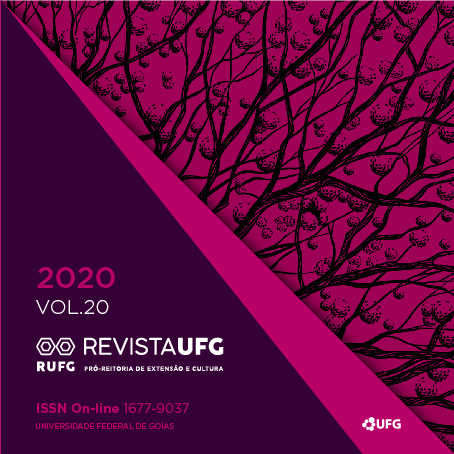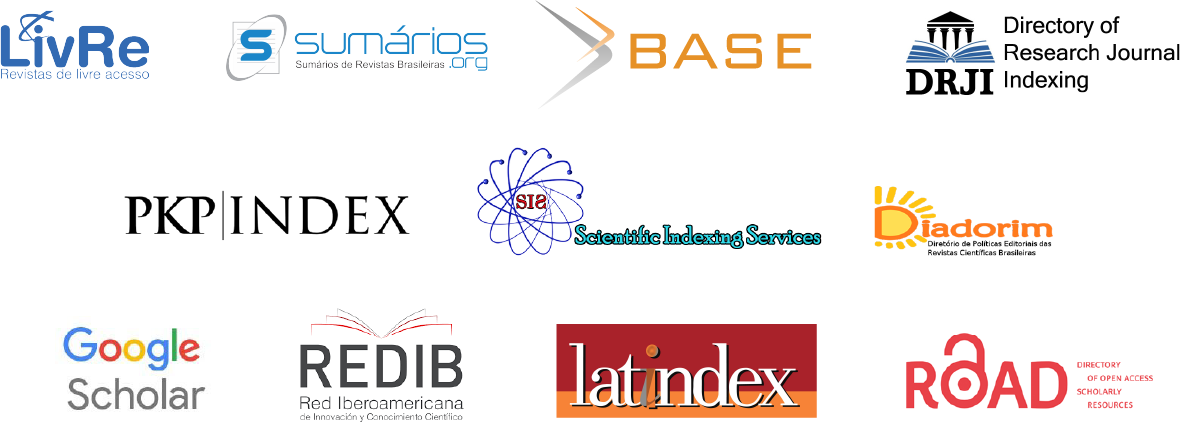Education and Hybrid Learning Environments
A Process of Sustained Innovation
DOI:
https://doi.org/10.5216/revufg.v20.66027Abstract
The evolution of digital technologies and the growing awareness of a global network have caused marked changes in society, driving the birth of new paradigms, models, educational communication processes, as well as new teaching and learning scenarios. Therefore, it is impossible to imagine an “unblended” education system - hence it is not whether we should combine, but how to combine, which requires a reengineering of teaching processes and cultural changes in institutions and actors.This is the hybrid vision, a vision of sustained innovation, which projects the reality of a path that is not always easy to follow. It is in this context of a blended and hybrid education, comprehen-ded as to the presence (physical and digital), as to the technologies (analogue and digital), as to the culture (pre-digital and digital) and, above all, as to the environments and spaces (analogue and digi-tal), that this text finds its place. Its main goal is, on the one hand, to analyse hybrid models that allow the articulation and combining of different learning environments and, on the other, to introduce concepts to be considered in the planning and management of le-arning activities in these environments.
Downloads
Downloads
Published
How to Cite
Issue
Section
License
Revista UFG uses the Creative Commons CC-BY (4.0) - Attribution 4.0 International license for open access journals (Open Archives Initiative - OAI) as a basis for transferring rights.
Authors who publish in this journal agree to the following terms:
1) Authors may distribute, remix, adapt and build upon their work, even for commercial purposes, as long as they give UFG proper credit for the original creation. Authors may copy and redistribute the material in any medium or format.
2) Authors are allowed and encouraged to publish and distribute their work online (e.g., in institutional repositories or on their personal page) at any point before or during the editorial process, provided that reference is made to the place of publication origin, that is, the electronic address/reference of Revista UFG.
3) The authors of works published in Revista UFG are expressly responsible for their content.
4) All works submitted to Revista UFG that have images, photographs, figures in their body must be accompanied by a term of assignment of copyright of the author, of the participating member of the image and, in the case of children, of the relatives of the exposed children , with their data and signature.
Access the IMAGE USE AUTHORIZATION TERM document here.










